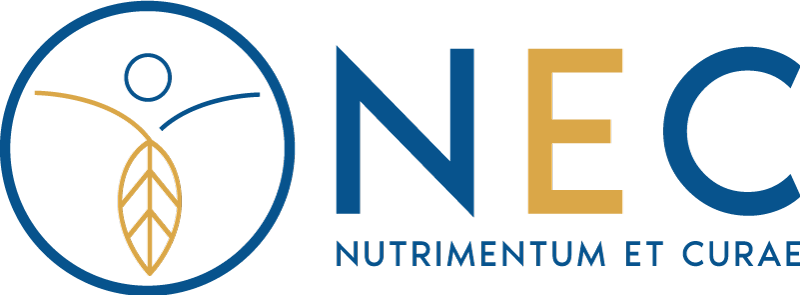BACKGROUND. Mycotoxins found in cereals have adverse effects on animals, humans, and agricultural products, posing significant health risks and affecting the marketability of wheat products.
AIM. This study aimed to identify mycotoxin contamination in durum and bread wheat and to evaluate the effects of heating and Saccharomyces cerevisiae co-culture on controlling toxigenic fungal growth and decontaminating mycotoxins in stored wheat products.
MATERIALS AND METHODS. Aflatoxins and ochratoxins were extracted from various samples of durum and bread wheat available in the Pakistani market using methanol, water, and n-hexane. Mycotoxins were identified using thin-layer chromatography (TLC). Fungal species were identified using Sabouraud Dextrose Agar (SDA) and Potato Dextrose Agar (PDA), with samples incubated at 28°C for 6 to 7 days. The stability of mycotoxins during thermal processing was assessed using traditional cooking methods.
RESULTS. Eight samples with aflatoxins and six with ochratoxins had levels above the European Union Commission’s maximum limits. The sample from Faisalabad containing aflatoxin B2 was notably above the maximum threshold. Thermal treatment completely eliminated mycotoxins, enhancing food safety. Additionally, Saccharomyces cerevisiae co-culture significantly inhibited mycotoxin growth, making the grains safer and increasing their marketable value.
CONCLUSIONS. Thermal processing effectively eliminates mycotoxins from wheat samples, ensuring food safety. Saccharomyces cerevisiae co-culture is a promising method to inhibit mycotoxin growth, thereby improving the safety and marketability of wheat products.


